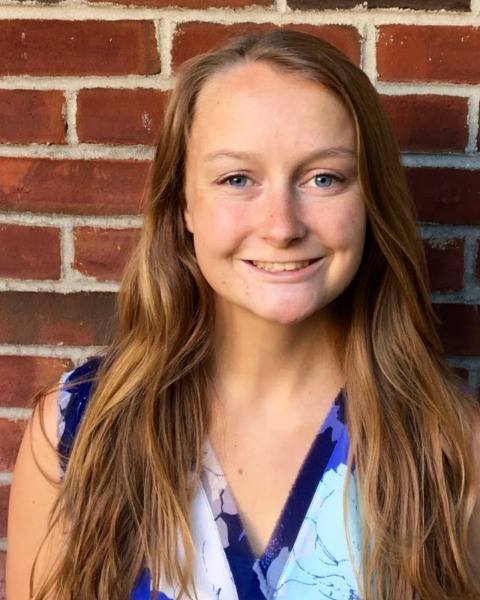Autism Spectrum and Developmental Disorders
Self-reported capacity for social pleasure across autistic and nonautistic youth
(PS3-A23) Self-reported Capacity for Social Pleasure Across Autistic and Nonautistic Youth

Talena C. Day, M.A.
Doctoral Candidate
Stony Brook University
Stony Brook, New York- MR
Marlene Rahman, None
Undergraduate Student
Stony Brook University
Stony Brook, New York .jpg)
Matthew Daniel Lerner, Ph.D.
Associate Professor
Stony Brook University
Stony Brook, New York
Author(s)
Co-Author(s)
Introduction: The social motivation hypothesis of autism suggests decreased pleasure from social interactions leads to core social communication impairments (SCIs; Chevallier, 2012). However, autistic people report enjoying social interactions in qualitative work (Jaswal, 2019), highlighting that the ability to experience social pleasure may be variable across the autism spectrum. A loss of pleasure, or anhedonia, is a state-like, core feature of depression (Loas, 1996), and autistic youth are more likely to experience anhedonia compared to youth with other psychiatric disorders (Gadow, 2018). Trait-like anhedonia may confer elevated risk for co-occurring autism and depression (Han, 2019): across autistic adults, adults who are currently depressed, and adults without depression, capacity for pleasure moderated the relationship between loneliness and depression. Yet, less is known about capacity for pleasure in autistic youth. Across autistic and nonautistic adolescents, we hypothesized that decreased pleasure during social interactions will be related to more autism traits and depressive symptoms, and fewer friendships.
Methods: Participants completed the Brief Observation of Symptoms of Autism (BOSA; Dow, 2022) and the Kaufman Brief Intelligence Test-2 (KBIT-2; Kaufman, 2004). Measures on capacity for social pleasure (ACIPS-A), autism traits (SRS-2, SCQ, ADOS-2), depressive symptoms (CASI-5), and friendships (SPP-A parent, self-report) were collected (Table 1).
Results: Thirty-seven participants (73% White, 16% Hispanic, 68% male sex) completed the ACIPS-A. Participants included autistic and nonautistic youth (M=14.1 years, SD=2.10 years) with IQ scores above 70 (M=108, SD=14.1); 29 participants met the cutoff for autism on the BOSA. ACIPS-A scores (Table 1) were not related to autism traits, per parent or clinician report, nor depressive symptoms, per parent report. Although ACIPS-A scores were not related to friendships per parent report, higher ACIPS-A scores correlated with more friendships per self-report (Figure 1).
Conclusions: Across autistic and nonautistic youth, those who reported a higher capacity for social pleasure also endorsed more friendships, and a trending relationship between more parent reported dysthymia and lower capacity for pleasure was present. This is consistent with the notion that youth endorsing lower capacity for social pleasure (anhedonia) engage in social withdrawal, a risk factor for other disorders like depression (Gadow, 2018). Conversely, capacity for pleasure was not related to autism traits nor parent-reported friendships, diverging from prior work on autistic youth (Gadow, 2018). Here, self-report, as opposed to parent or teacher report, of capacity for social pleasure was used, so this lack of relationship may reflect varying perspectives of multiple informants. For example, a parent may observe their child sitting alone during a social gathering and interpret this as anhedonia then attribute this behavior to SCIs, but the child may internally enjoy social interactions when they choose to seek them out. Crucially, considering self-report of social pleasure may provide insight into the mental health and friendship-making of autistic youth.
Table 1
Figure 1

